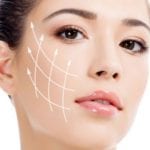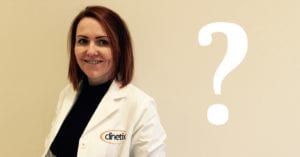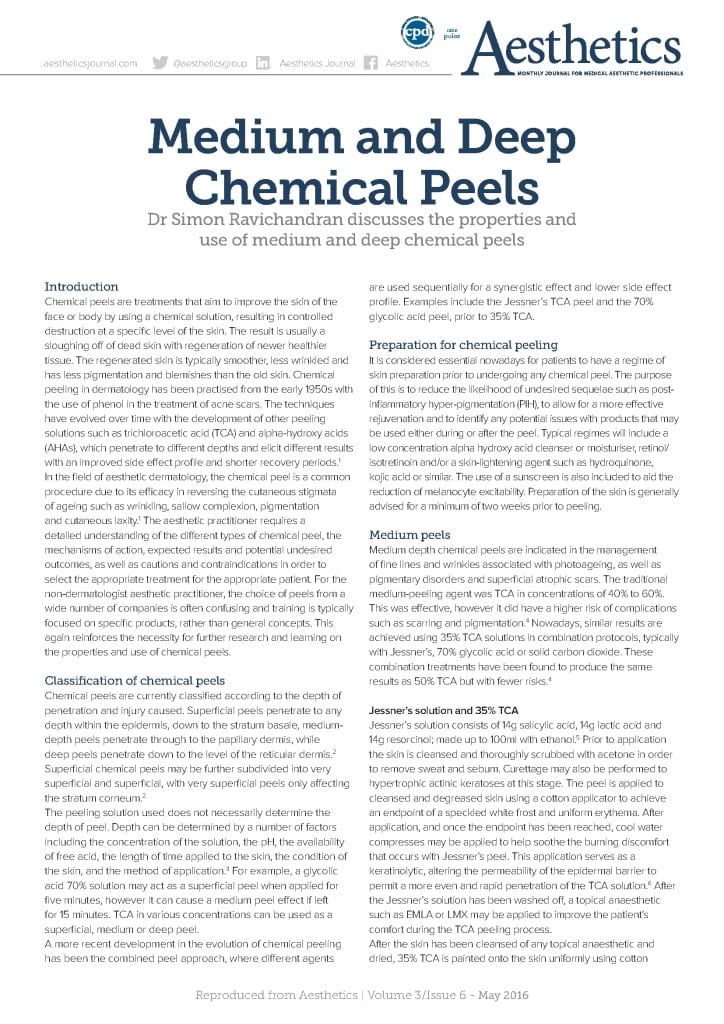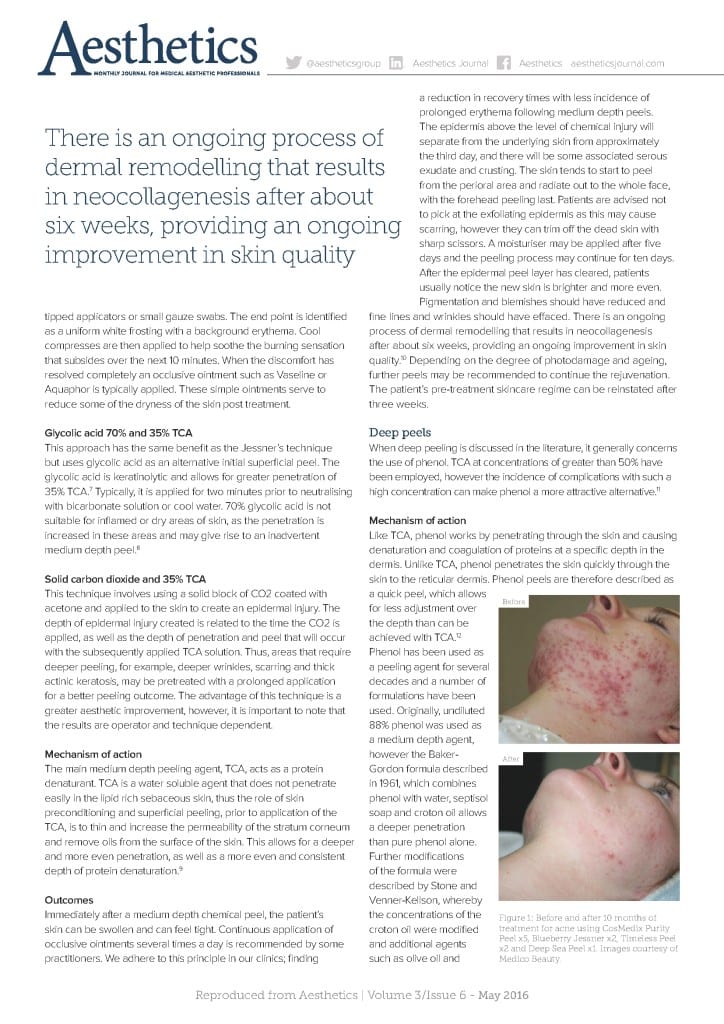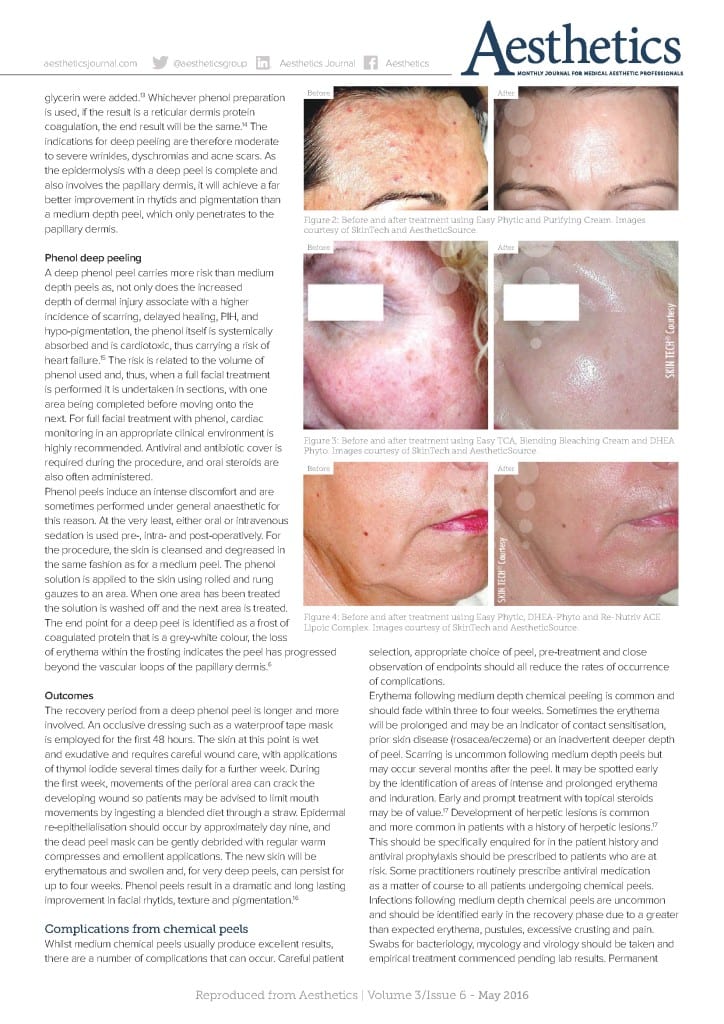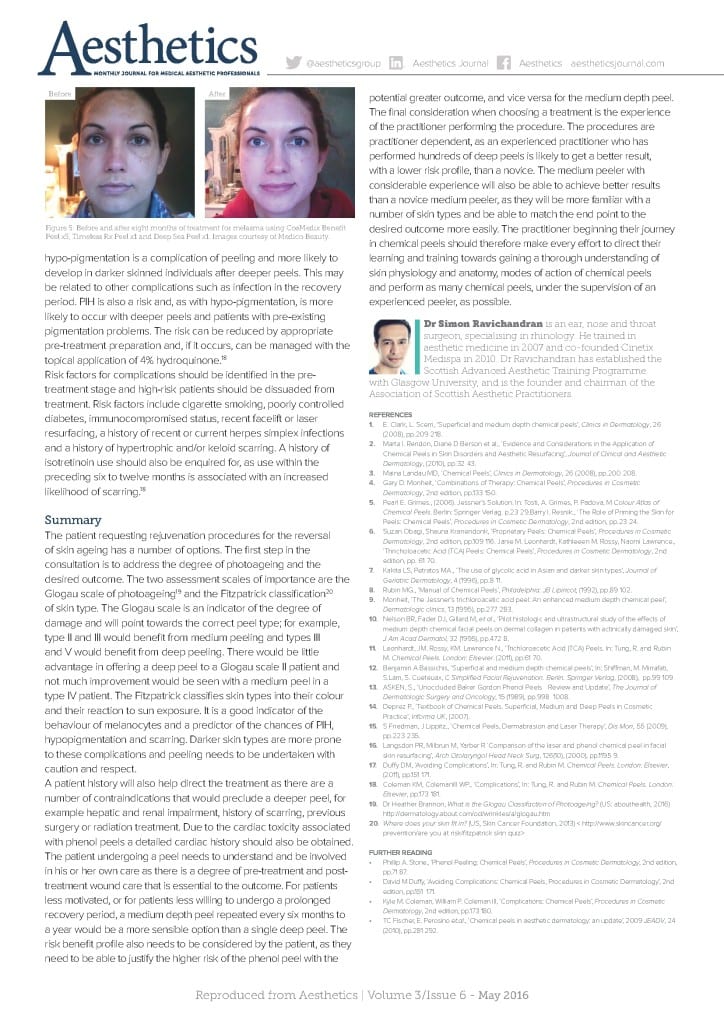Anti-wrinkle injections weakens muscles, we know that. But ageing is multifactorial, not just a product of muscle over activity. To create natural looking aesthetic rejuvenation it stands to reason that we need more than just anti-wrinkle injections to keep us looking younger. Obvious isn’t it! Yet we still find that anti-wrinkle injections is the worlds number one requested cosmetic treatment.
 Here’s a picture of me taken recently, you can ignore the beard, that’s gone now 🙂
Here’s a picture of me taken recently, you can ignore the beard, that’s gone now 🙂
Anti-Wrinkle Injections can relax the lines and wrinkles on my forehead, if I had any there. It can also smooth lines and wrinkles around my eyes and between my eyebrows, likewise if there were any there. However, it’s not going to help overall with making me look and feel a bit younger. In fact, if I had nothing but anti-wrinkle injections for the next ten years I’d start to look decidedly odd! With a smooth and wrinkle free upper third of my face but quite an aged appearance to everything else.
What I am seeing when I look at this image is the deeper shadow developing at the side of my nose, the hollowing at the cheek at the side of my mouth, the wrinkling of the skin underneath my eye and the flattening of my cheek underneath the eye. If I was being super critical I’d probably also mention some very early volume loss just above my eyebrow that will probably develop over time and make my eyes look a bit more skeletal. For the sake of a complete picture I can also see a receded hairline and marked thinning of the hair on the top of my head. That’s what more than ten years in Aesthetic Medicine will do to you!
The answer is clearly not just anti-wrinkle injections.
Let’s think about a real person now, a typical prospective aesthetic patient who presents to a clinic just like Clinetix wanting to look and feel refreshed and rejuvenated. Lets assume it’s a female patient right in the middle of the age range of people who attend my clinic about 45. When she sits down in front of me and tells me she feels her appearance makes her look and feel tired or depressed I don’t reach immediately for the wrinkle syringe, I reach for the mirror and ask her to point to what is causing her concern.
These days it’s getting less likely for the fingers to be pointing at the crows feet, or the frown lines. Instead they generally go to the middle and lower parts of the face first, indicating sagging skin, jowl formation, downturned mouths with thin lips and changes in skin quality like roughness, pigmentation or large pores. We consider these features as part of a holistic rejuvenation process in order to create better results for our patients.
Creating Natural Looking Aesthetic Rejuvenation with a Multi-Modal Treatment Plan
As ageing is multifactorial we approach rejuvenation with a multi-modal treatment plan. This means we can use a wide variety of treatments to address individual aspects of ageing together to create a synergistic and harmonious natural looking rejuvenation.
The Volumetric Approach To Facial Rejuvenation
I like to visualise the ageing face from the bottom up. Think of an old house that’s sitting on dodgy foundations. The roof is falling apart and the window frames are all broken. I can fix those things easily but the house will still be sinking on it’s foundations. Therefore there’s not a huge amount of point other than for the temporary cosmetic fix. For a long term fix you need to start with the foundations to build a house that will last.
The foundation of the face is the bones of the skull and the dense layers of fat that sit above. As we age we get specific changes in the shape of the skeleton, areas that flatten and regress. We also get reduction in the amount of dense fat that overlies it. Most of my consultations begin with an assessment of the foundations of the face and a plan to replace that lost volume. The volumetric approach to facial rejuvenation. With a detailed understanding of the anatomical changes of the skeleton with ageing, and the availability of safe injectable implants (dermal fillers) we create a plan to inject in specific areas to restore a natural shape to the deep face.
This will build up a strong support upon which the upper layers of the face can be more naturally restructured. The amount of dermal filler required to achieve such a correction varies with age of the patient. However it is usually fairly predictable using the formula 1cc per decade of life plus 1cc. This means that someone in their mid forties will usually require 5 syringes, someone in their mid fifties may require 6 and someone in their mid thirties may require 4. We place the dermal filler in the areas of the face to give maximum support as required for the patient. Typically these areas are the cheeks, the temples, the side of the nose and the jawline.
Lifting Jowls and Sagging Skin
The next area of concern is the more superficial fat layers of the face, these can be smoothed with softer, less lifting dermal fillers to correct irregularities and improve contour. But when sagging of the skin and early jowl formation become a concern then we often need to think in terms of re suspending the user layers. The traditional approach to achieve this is the surgical facelift. However, the advent of safe and effective thread lifting techniques now gives us a non-surgical alternative.
Threads are introduced through small holes made with a needle at the side of the face and placed into the upper layers of the faced. Using a thread called a PDO Cog, we can place a fan of threads that can be gently pulled. This creates a lift and repositions the upper layers of the face. This technique is very effective at lifting the upper fat layers of the face. Which in turn has an effect on the appearance of nasolabial lines, marionette lines and jowls.
Rejuvenating the Appearance of the Skin
Once we have revolumised and lifted the face the final thing to consider is the skin. There are many many different ways to rejuvenate the appearance of the skin and the decision will depend on the desired result, the budget and the desires of the patient to have a quick result with one or two treatments, or a more gradual process with several skin treatments over a period of time. With our non-surgical rejuvenation packages we offer CO2 Laser resurfacing or Chemical Peels to get rapid and dramatic results. We also have a range of specially designed combination skin treatments that treat multiple layers of the skin using different techniques at the same time for improved results with no downtime.
Laser Resurfacing
Laser resurfacing or Fractional Ablative resurfacing uses a high powered laser to cause controlled damage to the skin at a specific depth. The skin responds by creating more healthy collagen and more ground substance in the dermis. This results in firmer and more resilient skin. The epidermis is also resurfaced providing a fresher and more lustrous skin with less blemishes, pigmentation and surface irregularities. The recovery period following a laser treatment is about a week. Initially your skin will be red and it is likely to take some time to heal afterwards.
Chemical Peels
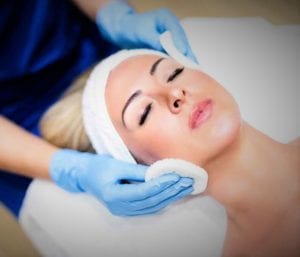
To summarise, a complete facial rejuvenation treatment plan should consider all the signs of ageing. It should also be able to address each one separately in order to achieve a natural aesthetic result.
Our goal is to make our patients feel better about the way they look. In turn make them feel more confident about themselves as a whole! The goal is never to make someone look like they have had a treatment. After a treatment people should be complimenting you about your appearance, but they won’t know what has changed. As I often say to my patients, if anyone asks you who your Doctor is, come and tell me because it means I’ve done something wrong. If they ask you if you’ve been on holiday or changed you hair then we’ve got it right!
If you’d like to have a chat with Dr Simon or Dr Emma Ravichandran about a personalised treatment plan, get in touch here or give us a ring on 0141 221 0229 for our West End clinic or 01698 854 221 for our Bothwell clinic.


